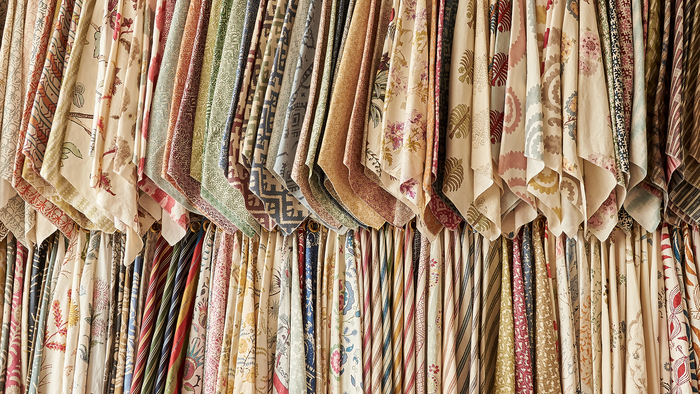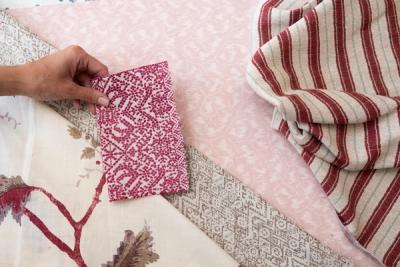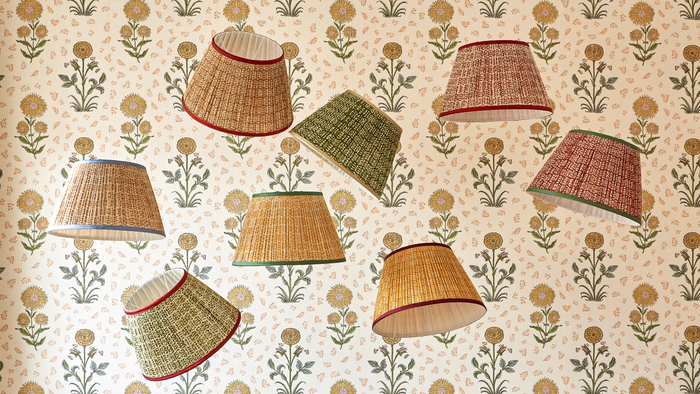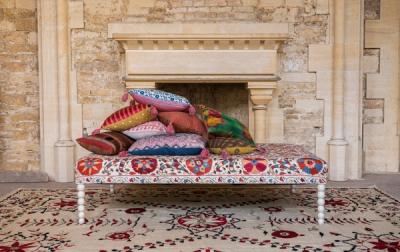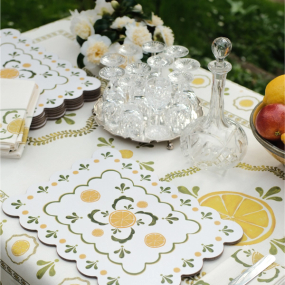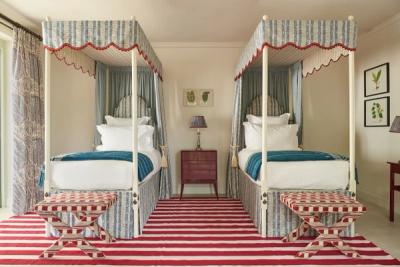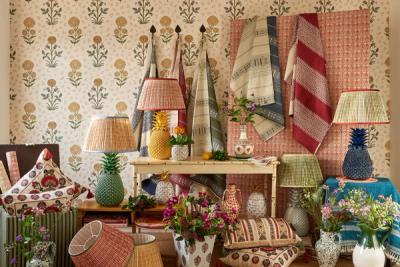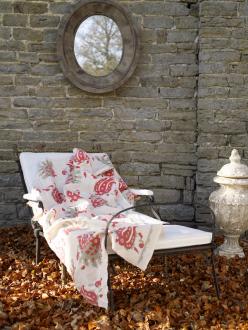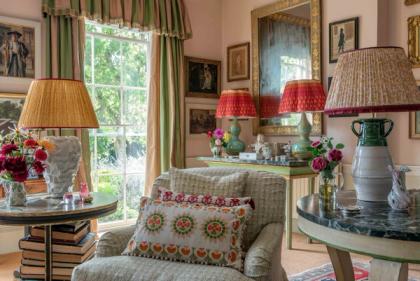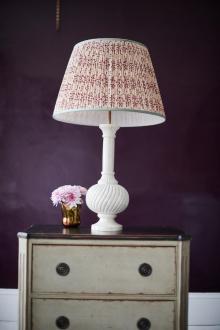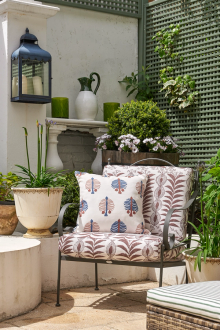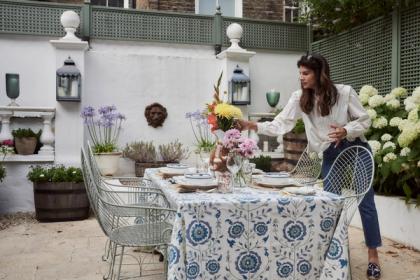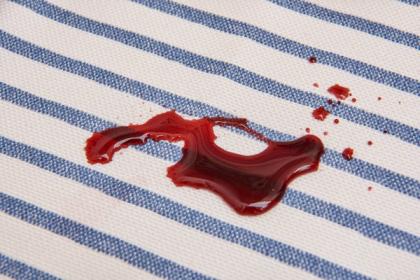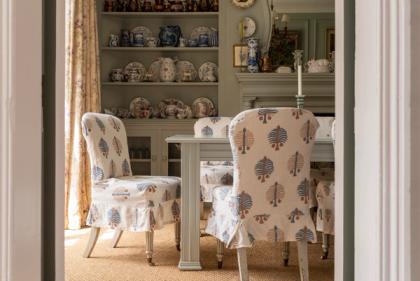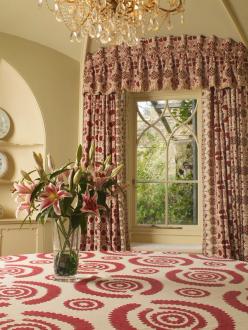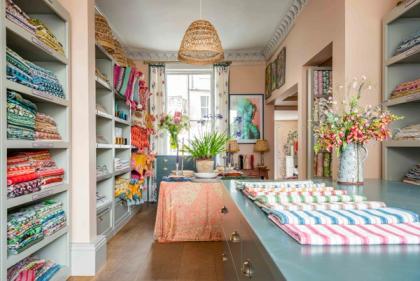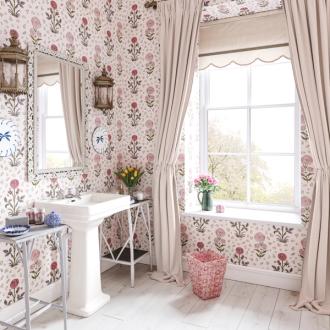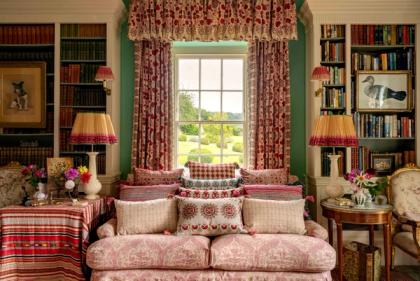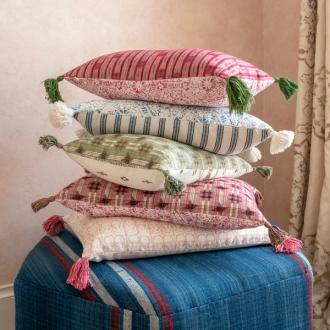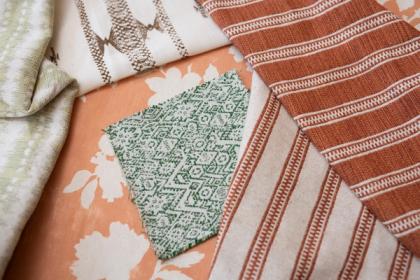The Penny Morrison Guide to Tableware
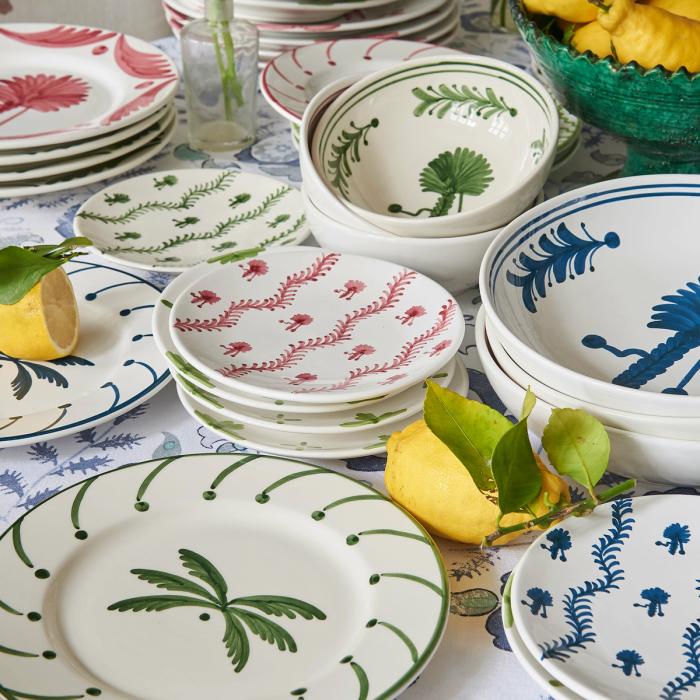
The Penny Morrison Guide to Tableware

It’s a popular expression in the food world to claim that we eat with our eyes – and, while we’re confident they were talking more about what we see on the plate than around it, we’re quite happy to use it to support our stance here.
At Penny Morrison, we take the same approach to laying the table as we do to decorating any other part of the home. Our passion for textile, pattern and print, colour and theme and ambient lighting means that it’s practically built into our DNA to make the most of any blank surface or space in any home. But, beyond that, it’s about making the most of one of the many hearts of the home – the dinner table.
From relatively low-key meals-in to birthday gatherings and high-key parties, having the right tableware on-hand makes the world of difference to your dining table.
Your Tablecloth
While the minimalist trends of the past few years have seen plenty of enthusiasm for the pared-down, ‘naked’ dining table, the tablecloth still clinches the deal in terms of versatility and creativity.
Tablecloths have a practical purpose – to protect the table from scratches and surface damage – but they are also there for beauty, and to transform the everyday into something unique and special. Some tablecloths are inherently special and festive, while others simply seem to reflect the seasons — florals in spring, or a richer, busier pattern for the colder months.
Why use a tablecloth?
Because they’re perfect for adding a bold backdrop to a meal – or, alternatively, for appealing to a certain theme. Our Kalee Red Tablecloth is inspired by traditional Indian patterns, modernised but no less distinctive, while the Simla in blue and green is a result of the inspiration we draw from medieval history. The tastes and smells of food can help to transform a room but, by changing the backdrop, everything shifts.
What is the best fabric for a tablecloth?
In our opinion, cotton.
These days, it’s common for tablecloths to be made from cheaper, synthetic fabrics – like PVC – that can be wiped clean without any risk of staining. It’s easy to understand why these are billed as the more practical option, but, in our experience, natural fibres still offer the best choice.
But cotton features a much better drape, and a much more desirable texture. It is often easily spot-cleaned using a damp cloth or sponge, and can be washed many times over the years without losing their visual quality.
It also makes it easier for you to create a more cohesive spread with the rest of your table linens, like your mats and napkins. Nobody wants to dab the corner of their mouth with a PVC square, and the table generally looks better if you can find some sense of cohesion.
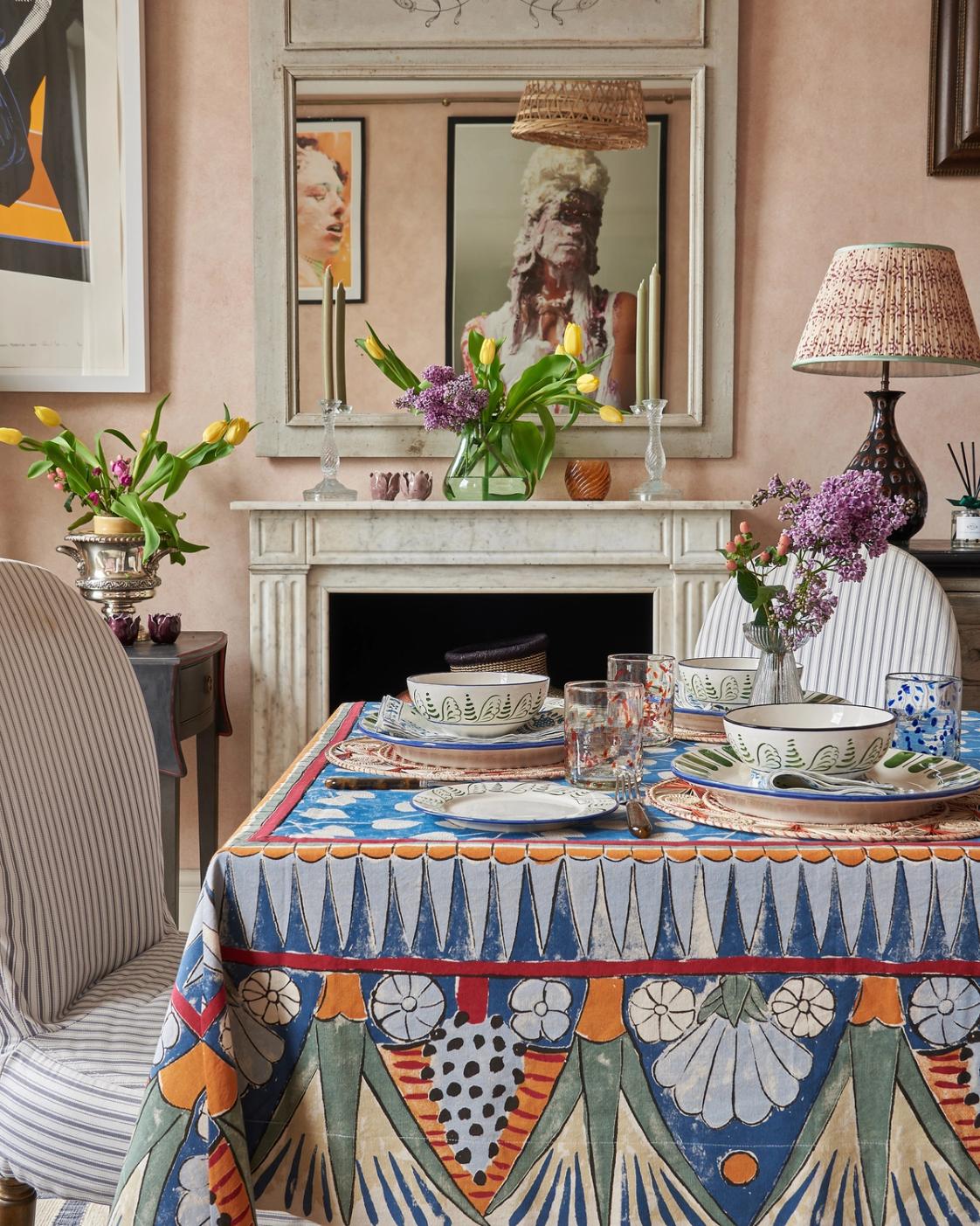
Your Table Mats
A table without place settings can look a little like a wall of pictures without frames. Sometimes it works but, the rest of the time, it just looks incomplete.
For obvious reasons, it’s worth finding table mats that complement the rest of your table linens, but we generally recommend avoiding the ‘matching set’ in favour of something that will stand out, and create more depth. Don’t see laying the table as comparable to making the bed and matching your duvet to your pillows; while the canvas is a similar size, there is plenty of room for contrast.
Hard or soft?
Hard placemats made of cork are easy to wipe clean and, in general, last a fair amount of time, but they are a lot more practical than they are luxurious. Plus, it’s quite obvious when they are starting to near the end of their lives. Even slate tiles can chip and splinter relatively easily, despite their industrial, hard-wearing look.
We love the versatility of our reversible peach table mats, which features a delicate flower pattern on one side and a stripe and dot pattern on the other. We found that this makes it a lot easier to ring in the changes at the table. Being a naturally hard-wearing fibre, cotton is easy to clean and very long-lasting.
Another natural material we love for the dinner table is wicker. A common choice for outdoor furniture – which, obviously, needs to be strong and hard-wearing – wicker is a lot stronger than those intricately woven shapes suggest. It adds a huge amount of depth and texture to the table, making it perfect for achieving the bohemian look that goes so well with a laid-back dinner with friends.
Your Ceramics
If you’re a fan of hosting, then having a variety of plates and bowls on-hand is key. It makes it possible for you to create those attractive (and seemingly effortless) stacks and pairings that give a table a sense of vibrancy and life. Like lighting a candle or starting up your dinner music playlist, even just stacking your dessert bowl on top of a smaller side plate is surprisingly impactful.
But, to keep things dynamic, it’s best to aim for variety, rather than a single pattern or colour across the board.
Mixing and matching isn’t as easy as sticking rigidly to a scheme, but it’s still easier than you might think. Our large Blue Palm Tree design creates a totally different impact to the same palm tree design on our small plate, but they are still just as cohesive and easy to pair as two matching plates would be.
Remember that the more differences you introduce, the easier it gets to introduce more difference contrast. For inspiration, you can browse our full collection of ceramics.
The right collection of tableware will offer you a lot of versatility in terms of tablescaping and entertaining, but also just the usual evening dinners and weekend lunches. You don’t need to be too exacting about coordinating everything — and, the further away from coordination you can get, the more effective that mis-matched, ultra-contrasting aesthetic will look. Essentially, all it really takes is commitment — and a good eye for beautiful things.
